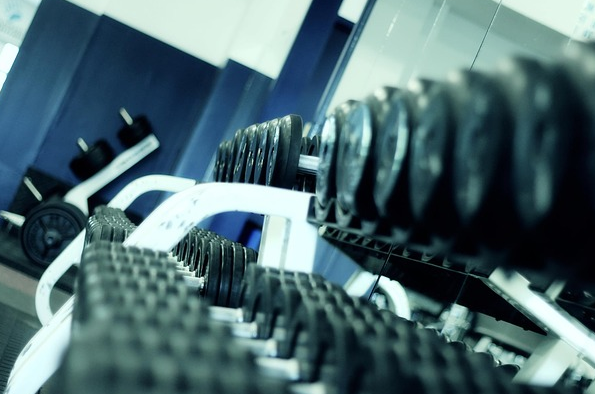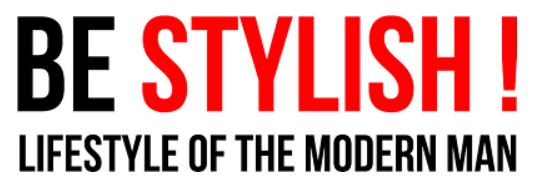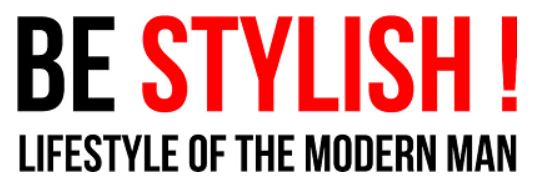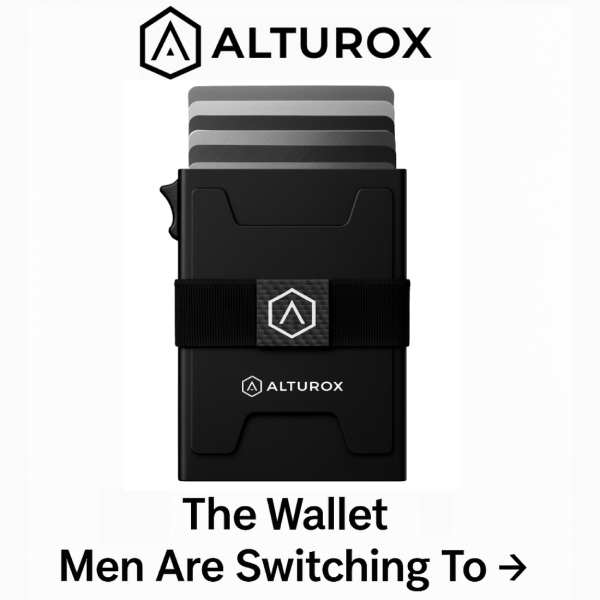Gym Exercise & Muscle Development: The 3 Factors

If you want to pile on the muscle, then don’t make the same mistakes that we see so often walking around the gym. When it comes to muscle mass, gain and maintain is the name of the game. And, no, we are not talking about popping some steroids to help supplement your gym work – we’re not advocates of anger management issues, acne and long-term health problems, just good, honest, hard work – and some sensible choices in and outside the gym.
Here are the 3 factors you need to get sorted if you’re serious about building muscle:
1. Flexible gym membership
Don’t get tied down to one deal at one gym. Aside from being repetitive, it’s just not practical. Yes, a solid routine is crucial, but you also need to be able to keep up that routine when you’re away from home. A flexible gym membership allows you to pay for the facilities you use at different gyms at all kinds of locations. By all means, largely stick to your favourite place of workout near to where you live – you’ll make friends and the camaraderie can be a great motivator, too. But with a flexible membership, you can mix it up, try out new places, keep things fresh, and always have accessibility to the facilities you need – wherever you are.
2. Give muscle groups the recovery time they need
Don’t fall into the trap of always targeting the same muscle groups, as there are TWO significant downsides to this. Firstly, you can end up with chicken leg syndrome – big up top, spindly legs below. Or enormous shoulders that are totally out of balance with your torso. Or a magnificent washboard that looks plain weird against your minute forearms. In the classic documentary Pumping Iron, a young Arnold Schwarzenegger explains:
“if I want to increase one muscle a half inch, the rest of the body has to increase.”
It’s not just about gain and size and bigness, it’s about achieving an equilibrium the body over. Great bodies are balanced, so give attention to all your muscle groups, and don’t just focus on your favourite gym routines. The second reason why it’s important to mix it up is that your muscles need recovery time to grow and expand. You need to give each muscle group at least three days before you target it again. Fail to do this and you’ll get toned but you won’t get big.
3. Establish a pre-and-post workout diet
Yes, you need to up your consumption of proteins, but they need to be the right kinds of proteins, and you need to be consuming them at the right time in order to get the most benefit from them. Remember, abs are made in the kitchen. So if you’re trying to build muscle while also developing a super toned set of abs, knocking back four milkshakes in the morning twelve hours before the you hit the gym just isn’t going to do the trick. Time your protein intake so that you’re getting it into your system no more than two hours before or after your intensive workouts. Eat relatively light outside that Goldilocks zone, but being careful not to enter the gym low on calories – if you want to build muscle, you need to be burning food, not your own body’s resources.





